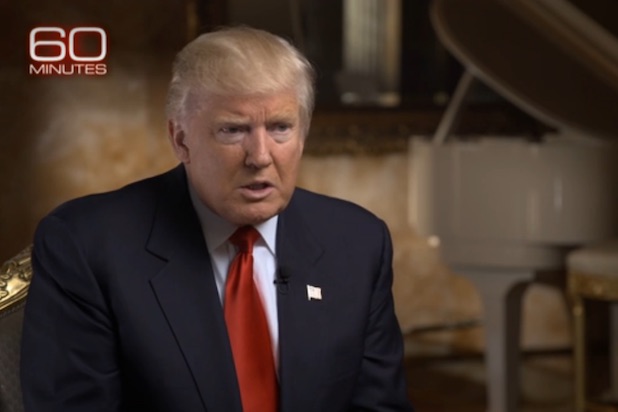Okay, Donald Trump’s presidency is off to a very bad start. In his first half year in office he has failed to enact any of his big campaign promises, he has gotten himself accused of obstruction of justice (an impeachable offense), he has fanned the conspiracy flames around his relationship with Russia, he has contradicted his staff, and made enemies of allies. The result is an approval rating in the thirties and a country wondering: so what happens next? Can this guy govern?
The answer, as with so much having to do with Donald Trump, is: we don’t know. But it is possible to lay out several broad scenarios. They are:
- Trump learns, his presidency becomes more normal or “adapts” to his impulsiveness.
- Chaos reigns and power moves away from the presidency as a result.
- Trump is forced to leave office.
Surprisingly, Trump did not tweet during the Comey testimony yesterday. This was a remarkable feat for a person who has become well-known for shooting himself in the foot with his early-morning tweets. By the time he did tweet, he largely mirrored the comments of his lawyer, albeit expressed in his own, idiosyncratic way. This behavior was more or less normal for a person in his position. Could he be learning?
Of course every time we’ve thought Trump was learning it turned out to be a passing phase. He restrained himself from stepping on his message during the Republican convention and then, when it was over, picked a fight with the father of a fallen soldier. He gave a well-received speech to Congressand just as we thought we had a functional president he tweeted out totally unsubstantiated allegations that his predecessor, Barack Obama, had had him wiretapped. As his immigration executive order was headed to the Supreme Court and a major campaign promise depended on the outcome, he tweeted out an aggressive defense of it that could actually weaken his legal case.
If it’s too much to expect Trump to rein in his impulsiveness there is a second scenario: the adaptation model. Under this model, one or more persons become the official “interpreters” of Trump’s tweets and in-person interviews. This could turn out to be Vice President Pence or someone else who has the policy expertise to turn Trump’s language into actionable policy. In other words, the administration adapts to the President’s style and everyone else learns to take a deep breath and wait for the “interpretation” before acting. The foreign policy team has been working on this model more or less since the Munich Security Conference. There, they reassured NATO Allies that the U.S. would stand by Article 5, only to have to do it again after the President unexpectedly cut the customary reassurance from his speech in Brussels. Mixed signals regarding the isolation of Qatar are again putting this interpretative process to the test.
The second model involves little learning and no adaptation. This is a model for continuing chaos, with the likely result that power will begin to drain from the White House towards other centers. For instance, power can move from the White House to the states and to the private sector. In the area of climate change, California Governor Jerry Brown has already stepped into a leadership role. It is likely that governors and corporate leaders may begin to take action regardless of what the White House thinks. Power can also move to Congress where possibilities for a limited tax bill and some infrastructure spending can move more or less without White House leadership. And internationally, power can move to the heads of Germany and France in Europe and also to China, as the United States pulls back from the world or offers leadership that is too unstable to count on. It’s unclear whether turning the presidency into a sideshow would be permanent or not. But continuing chaos from a Trump presidency could do it at least temporarily.
The third model consists of two paths to Trump’s removal. In the first, there’s not just smoke coming from the Trump White House—there really is a fire. It turns out that the ties between Trump’s campaign and Russia are real, that the wrongdoing is serious and that the famous question posed by Senator Howard Baker during the Watergate scandal, “What did the President know and when did he know it?” leads directly to the President himself. In this case impeachment by the House would become a reality as would conviction in the Senate.
The other possibility for removal is that the President becomes even more erratic, more unpredictable and more unhinged from reality and that this manifests itself in some unambiguous way. In this case Vice President Pence and the Cabinet could invoke the 25th amendment to the Constitutionwhich is to be used “whenever the President is unable to discharge the powers and duties of his office.” If approved by 2/3 of the House and Senate, Trump would no longer be president.
Of course, if it looks like either of the two scenarios for his forced removal become likely, Trump could simply resign.
Obviously most Americans hope that the chaos of the first months of the Trump presidency represents growing pains—albeit rather severe ones. Adaptation is still likely to lead to chaos, and chaos is not in the long-term interests of the country even if other power centers step up to fill the void of presidential leadership. If all else fails, forced removal is bound to be traumatic. Impeachment is a serious shock to the political system, angering supporters and undermining faith in American government. It should be avoided if at all possible.





